Native to Asia, soy is a popular legume that has been a traditional food staple for thousands of years. The humble soybean plays a huge role in today’s food production and is considered a miracle crop due to its amazing versatility. Soy can be low, moderate, or high FODMAP depending on bean maturity, serving size, and a number of other factors.
Below, I discuss soy and soy-based food products from a low FODMAP diet perspective with the hopes of helping you better navigate IBS symptoms. Information in this article is based on my clinical knowledge as a FODMAP trained registered dietitian in the US.
New to FODMAPs? Check out our Ultimate Low FODMAP Food List – compiled by our team of registered dietitians from around the world.
Health Benefits of Soy
Soy is a plant-based protein that contains all the essential amino acids that our bodies can not produce. Known as a “complete protein”, soy is a main protein source of the vegetarian and vegan diets. Soy also contains many beneficial nutrients including fiber, B vitamins, potassium, magnesium, antioxidants, and phytonutrients.
Despite all this, the health benefits of soy has been a controversial subject over the past several decades. A decade ago, soy was pushed as a health food for cardiovascular nutrition, however these health benefit claims have weakened over time. The previous statement that soy helps to lower cholesterol lacks strong evidentiary support.
The current FDA statement is that a diet low in saturated fat and cholesterol that also contains soy may reduce the risk of heart disease. However, moving to a more plant based diet can have numerous beneficial health effects. Replacing red meat and processed meats with whole soy-based foods is likely to have cardiac benefits by decreasing overall saturated fat intake.
Soy and the Low FODMAP Diet
Soy is one of the many grey areas of the FODMAP world. It can be high, moderate, or low FODMAP based on processing, maturation of the soybean, portion size, and filtration. Just to be clear, the low FODMAP diet is not a soy free diet.
Soy is considered a top 10 food allergen, which means it is called out on food labels with statements like: “Contains: Soy”. This statement is only relevant if you have an allergy to soy and does not play a role in the low FODMAP diet.
Let’s break down the most common soy products to take a closer look at their FODMAP content:
Tofu
Tofu is also known as soybean curd. It is made by curdling fresh, hot soymilk with calcium or magnesium salt. Tofu has a mild flavor that takes on the taste of marinades, sauces, and seasonings. Tofu is available in two different forms – firm and silken.
Firm tofu is low FODMAP. This includes soft, medium, firm and extra firm varieties. The texture of this tofu is similar to a soft cheese or a dense meat. Many firm tofus can be crumbled, baked, sautéed, or grilled while keeping their shapes.
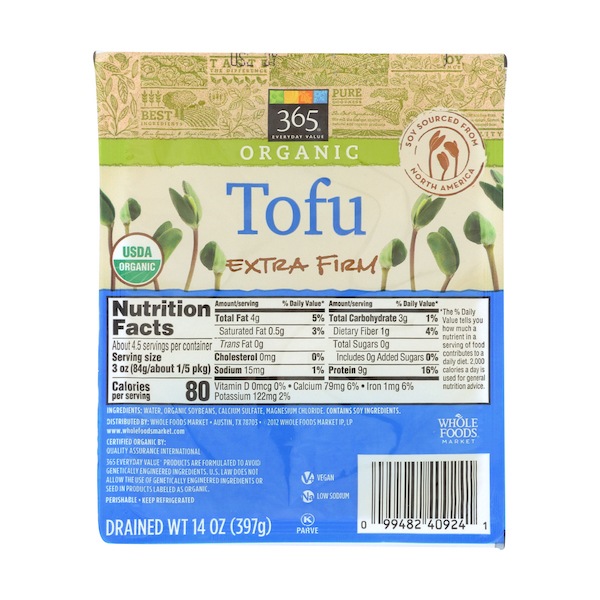
Silken tofu is high FODMAP. Why? It has a much higher water content, which results in a much higher galactan load since FODMAPs are water soluble. Silken tofu is much softer and more crumbly and is often used in soft foods such as vegan pies, puddings, smoothies, sauces, salad dressing, and custard type desserts.
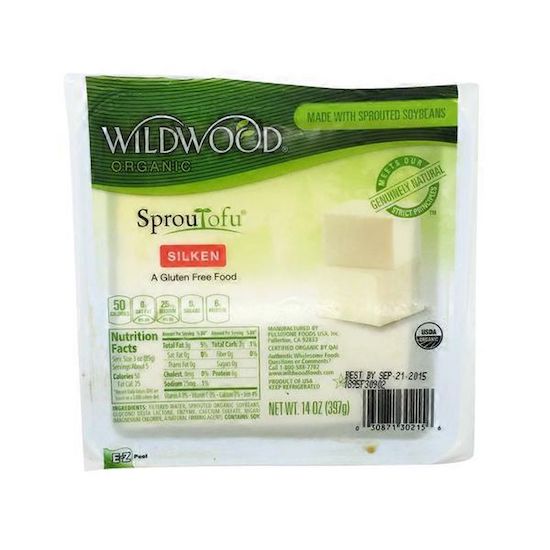
Edamame
Often found in the frozen food aisle, edamame are immature soybeans that are picked when they are still green. They are low FODMAP at ½ cup.
Edamame are commonly served at Japanese restaurants blanched in salt water or sprinkled with salt or soy sauce. They are packed with fiber and a super healthy snack. I enjoy sprinkling shelled edamame on my salad.
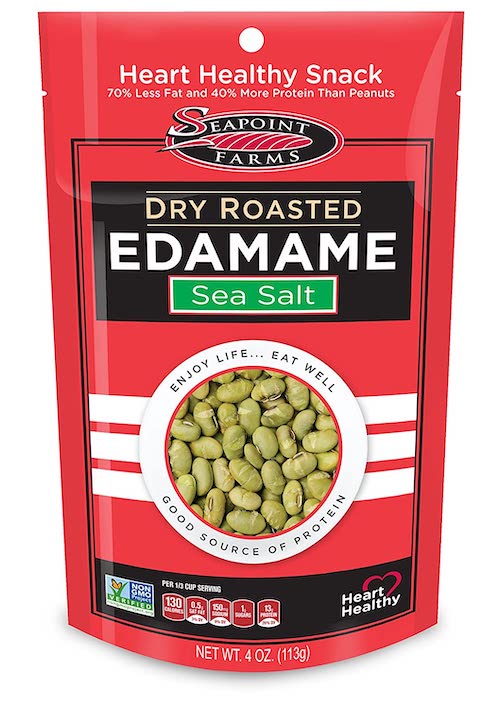
Soy Sauce
Made from fermented soy beans and wheat, soy sauce is low FODMAP. Tamari, a Japanese version of soy sauce made from only soybeans, is also low FODMAP. Tamari is a perfect swap for traditional soy sauce if you have Celiac disease and/or cannot tolerate gluten.
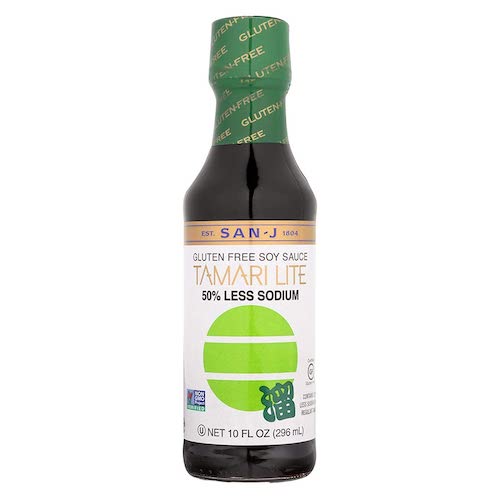
Miso
Miso paste is low FODMAP at 2 tablespoons or 12 grams. It is made by mixing soybeans with salt, koji (a type of mold), and grains, then allowing it to ferment for months. Miso provides an umami taste in many Asian cuisines.
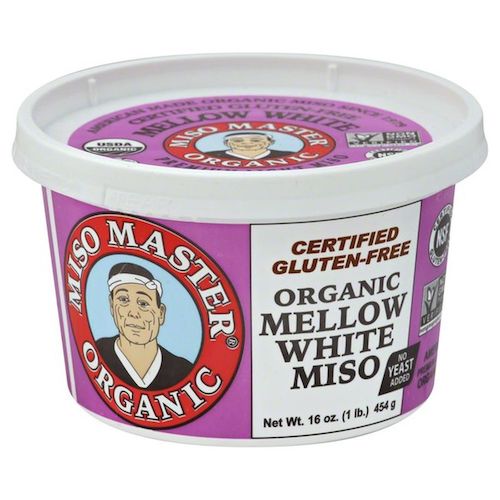
Tempeh
Plain tempeh is low FODMAP per Monash at 1 slice or 100 grams. Similar to tofu, it takes on the flavor of the seasonings and sauces used to prepare it. Best to choose tempeh made from soy and avoid those made with high FODMAP grains such as barley. Also, watch out for seasoned options as they often contain garlic or onion.
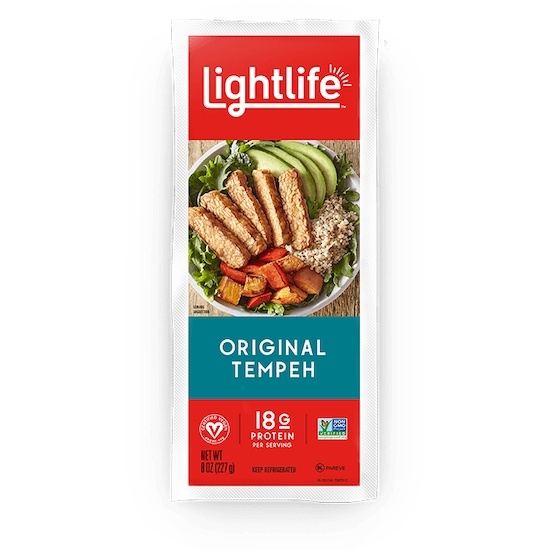
Soy Yogurt
Soy yogurt has not been tested by Monash or FODMAP Friendly, however it is likely high FODMAP as it is made from soy milk that is processed from soybeans, not soy protein. Many soy yogurts contain high FODMAP ingredients such as inulin and chicory root. It would be best to avoid soy yogurts.
Resource: 2020 Low FODMAP Yogurt Guide
Soy Ice Cream
Similar to soy yogurt, soy ice cream has not been tested for FODMAP content, but is likely high FODMAP. Many soy ice creams also contain high FODMAP ingredients such as inulin and chicory root, making them best to avoid during the elimination phase.
Resource: Choosing a Low FODMAP Ice Cream
Soy Milk
Soy milk is a popular milk alternative that can be high or low FODMAP based on processing. If the product is made from soy protein, it is low FODMAP at 1 cup.
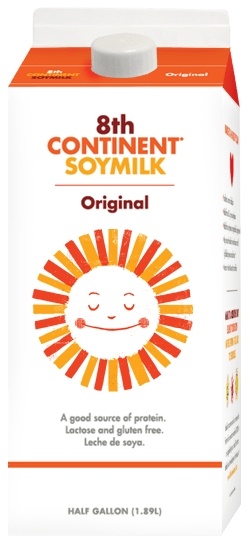
Unfortunately, finding a US-based brand that uses soy protein is not easy, aside from 8th Continent Soy Milk. (This is the only brand I have been able to locate). Soy milk in the US is often made using soybeans, which makes it high FODMAP due to the galactans. You are more likely to find soy milk made from soy protein in countries outside of the US.
Resource: Low FODMAP Milk Alternatives
Soybeans
Mature soybeans are high FODMAP, as they are excessive in galactans similar to other beans. These mature soybeans are rarely eaten in whole form like edamame, however they can be found dried or canned. Soybeans are found in many food products ranging from veggie burgers, sauces, soups, and more.
Soy Nuts
Roasted soy nuts are whole soybeans that have been soaked in water and then toasted in the oven until they are brown and crispy. Unfortunately, soy nuts would be considered high FODMAP since they are made from mature soybeans.
Soy Protein
Soy protein can be a bit tricky. Soy protein powder has not been tested, however soy protein has been tested when found in soy milk. Soy protein isolate is low FODMAP as this is a protein source that has been processed to have the sugars and fibers removed. Soy protein concentrate is likely high FODMAP as it contains more of the soy’s fiber which can be excessive in galactans. Not all of the carbohydrates (the sugars and fibers) are separated from the soy flakes during processing.
Soy Cheese
Soy cheese is low FODMAP at two slices or 40 grams per Monash. I have some concerns regarding some soy cheeses in the US as some contain high FODMAP ingredients such as garlic, inulin, or chicory root. Check out this label as an example of a high FODMAP soy cheese.
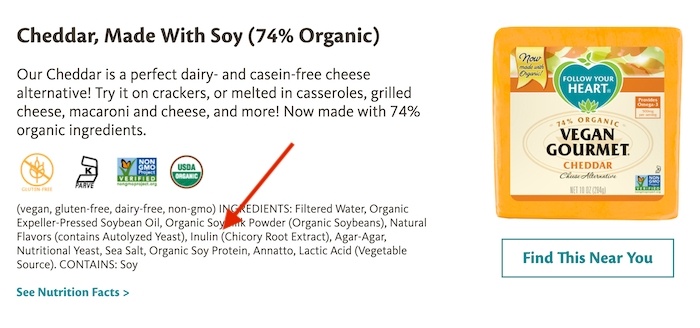
If you can find a soy cheese that does not contain these high FODMAP ingredients, please share in the comments below!
Resource: Choosing a Low FODMAP Cheese
Soy Flour
Soy flour is high FODMAP in both fructans and galactans. Watch out for soy flour in gluten free pastas and gluten free baking flour blends.
Textured Vegetable Protein (TVP)
TVP is high FODMAP even in very small servings. It is often made from defatted soy flour that is cooked under pressure and dried. This is often used as a ground meat substitute or a meat extender in taco meats, meatloafs, chilis. Watch out for this ingredient in veggie burgers, soy nuggets and more.
Reading Soy on a Product Label
Soy is one of the most common ingredients on a food label as it comes in a variety of forms. Here is a cheatsheet I put together to help you quickly understand which soy ingredients are low and high FODMAP.
Common Low FODMAP Soy Ingredients
- Soy Protein Isolate
- Edamame
- Soybean Oil
- Soy Lecithin
- Shoyu
- Tofu
Common High FODMAP Soy Ingredients
- Soybeans
- Soy Flour
- Soy Nuts
- Textured Soy Protein or TVP
- Soy Protein Concentrate
Conclusion
As you can see, soy can be part of a low FODMAP diet if you choose wisely. Please check the Monash app to find low FODMAP serving sizes when incorporating soy into your diet.
Here are a few of my favorite soy-based recipes. I am a huge fan of tofu as it is inexpensive, easy to prepare, and extremely versatile. I recommend making a batch for quick add-ins to salads, rice bowls, or just snacking on by themselves.
- Tasty Marinated Tofu by Audrey Inouye BSc, BaS, RD at IBS Nutrition
- Low FODMAP Maple-Soy Glazed Tempeh by Fun Without FODMAPs
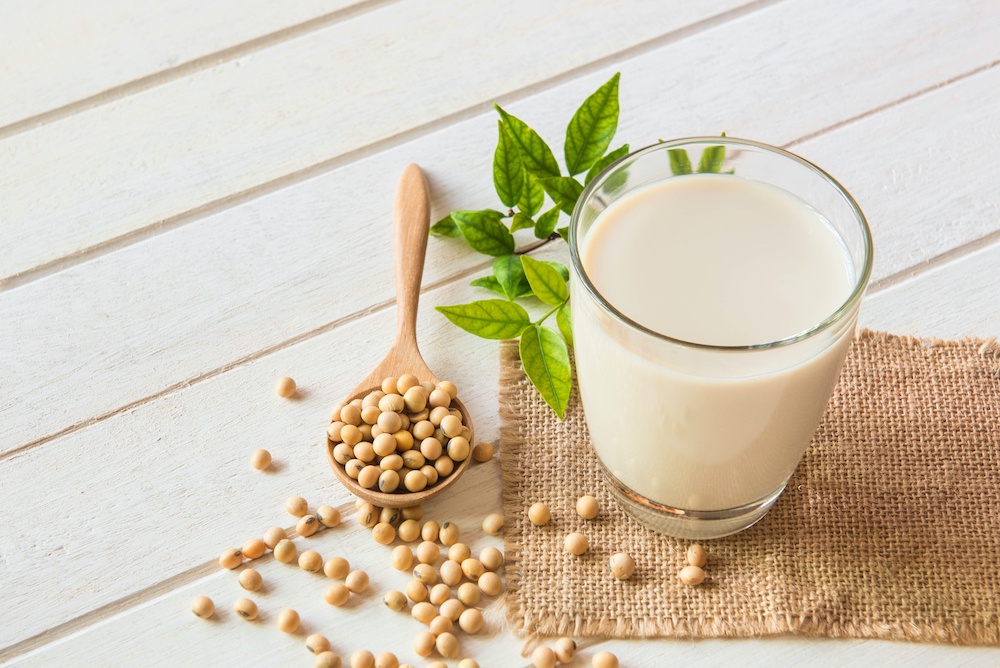
Great information. Thank you!
I’m a little confused about soymilk on the spoonful app. It says the 8th continent soymilk is yellow not green. Also the westbrae westsoy shows its green even though its made from whole soybeans. Can you explain? Also can either be consumed during the fodmap elimination phase? Are there safe serving sizes?
Hello, this is great!!! It was hard to get all this info. Did you find any low food map yogurt? do you know if PEA TVP is high or low ?
Great post! I’ve always been confused about which soy products are safe for my IBS. Thanks for clearly outlining the different options and their FODMAP levels. This will definitely help me when shopping for soy-based products!
Great post! I’ve been wondering about soy products and their FODMAP content for a while. Your guide is super helpful, especially the breakdown of different soy-based foods. Can’t wait to try some low FODMAP recipes with the tips you’ve shared. Thanks for clarifying this for us with IBS!
Great post! I found the information on soy-based products super helpful, especially as someone managing IBS. I always wondered which soy options were safe to include in my diet. Thanks for breaking it down and providing clear guidance!
Thank you for this informative post! I’ve been hesitant to try soy products due to my IBS, but your insights on which soy options are low FODMAP and safe to include in my diet have really helped. I appreciate the detailed explanations and product tips!
Great post! I’ve been trying to navigate my IBS diet, and your guide on soy-based products is super helpful. I appreciate the detailed breakdown of which products are safe. Can’t wait to try some of the recommendations you mentioned!